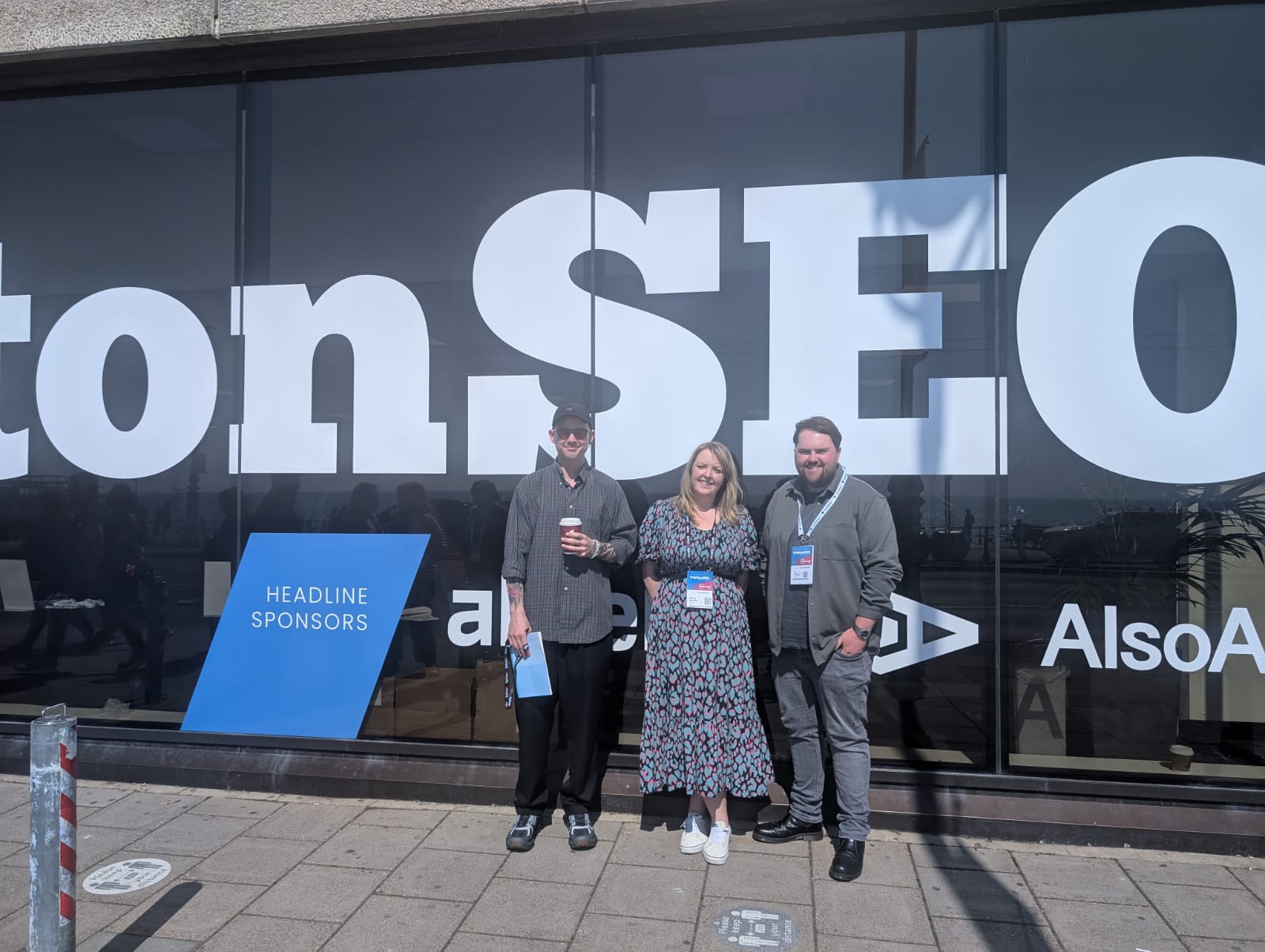5 ways to future proof your marketing communications strategy in Asia

By Louise Veitch, Head of South East Asia
Many businesses have the vision of taking their brands to the next level, especially to capitalise on opportunities in Asia, but may not always have the right strategies to get to their end goals. With continuous and rapid changes in the way media is consumed, new platforms and frequent introduction of new algorithms and technologies, companies may find themselves having to pivot and reboot their marketing strategies. Here are five ways to future proof your marcomms strategy in Asia.
1. The mobile-first society.
Today’s audience is mobile-first. Studies show that over 80% of the world’s population (6.8 billion) are smartphone users with Asian countries leading the pack. This is projected to increase to 7.8 billion by 2028 with global mobile web traffic accounting for over 50% of total internet traffic. In the APAC region, mobile penetration has also been ramping up with unique mobile subscriber penetration rates, excluding Greater China, moving from 59% in 2021 to a projected 62% by 2025. This presents a great opportunity for mobile content whether in a B2B or B2C context, and to include the UX/UI component into the marcomm equation. A future-proof plan would include content that is not just targeted and customised for mobile devices, but also able to deliver information in ways that are seamless, captivating, and compelling to influence action or induce the right perception and attitudes towards brands.
2. Go where your target audience will be.
In terms of platforms, ‘Going where your audience is’ may be the current default position, but there may be benefits to having the foresight to ‘go where no man has gone before’, to summon a cliché. There is also merit in understanding future target audiences, how they consume media and the platforms where they will be engaging in future.
A 2022 study tells us that Southeast Asians are in favour of the metaverse, with a majority of respondents considering it ‘an advancement in social interaction’ and a mode of ‘facilitating social opportunities.’ With many of the world’s biggest brands already making waves in the Metaverse where they’re engaging with audiences on issues or causes that are meaningful to them – having a strategy and means of delivering content and engagement on these platforms needs to be considered now.
3. Think Global Act Local.
As there are vastly different regional nuances in the media landscape of every country across APAC, having a team of marketing professionals on the ground can go a long way in building relationships with the media and leveraging cultural nuances in social media consumption, as opposed to managing your programme from afar. A physical on-ground team working in the right timezone, with fundamental knowledge of the target audience can dramatically improve marketing and communications results and drive positive business outcomes. While execution can and has been done remotely from the Western hemisphere, there is a marked difference in what can be achieved on the ground. Companies expecting to grow their business in the region in the future should consider working with on-ground agencies with experience and knowledge in navigating the landscape to maximise business results.
4. Authenticity.
The future of brand value may well lie in how authentic it is; its vision and mission must speak to the target audience now, and those that companies want to capture for the future. Gen Z, for example, the most influential generation perhaps now and in the coming years, who will be crucial decisionmakers in the future, have a high regard for companies and brands that are authentic and make a difference in sustaining people and planet. Another recent study on Asian millennials also reveals that the level of perceived authenticity associated with a brand significantly impacts ‘brand love’ which then affects behavioural outcomes such as continuous brand support and/or purchase intention. Building long-term perceptions of authenticity and sustaining trust is key for the future.
5. Always-on community building.
Many global businesses base their Asia marcomm programmes around big announcements, launches or campaigns and we’ve observed this as common practice with Asian companies, too. While the metrics may reflect on your ROI, they may not guarantee long-term brand preference or loyalty. What’s important is to ensure continuous engagement with always-on activity − building and growing your community, and engaging them with content that speak to shared causes. Apart from helping to future proof and reinforce the relevance of your brand and perceived brand value, the habit of continuous engagement can put you in good stead for the future, retaining your loyal community even if channels, platforms and mediums change.

